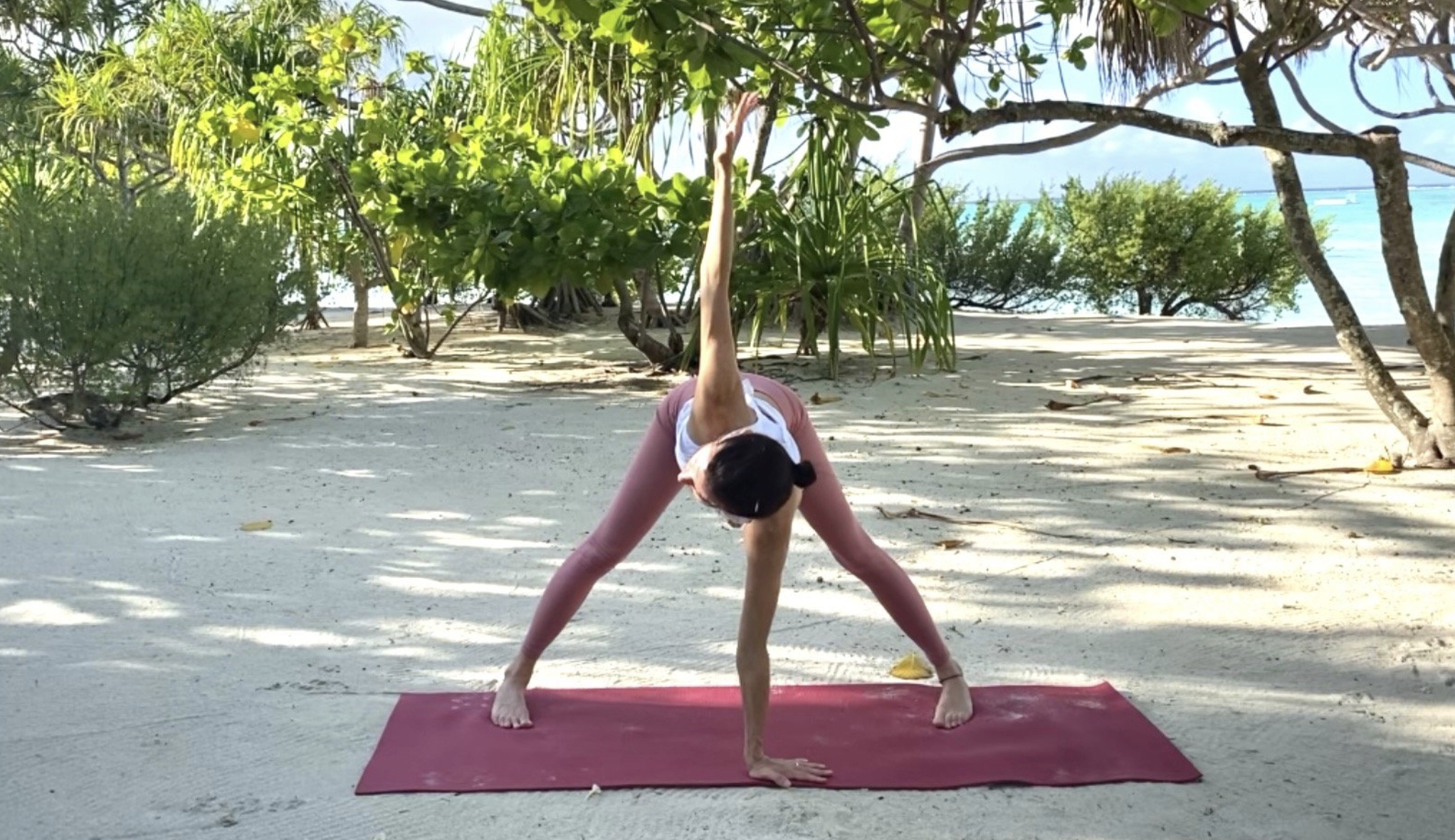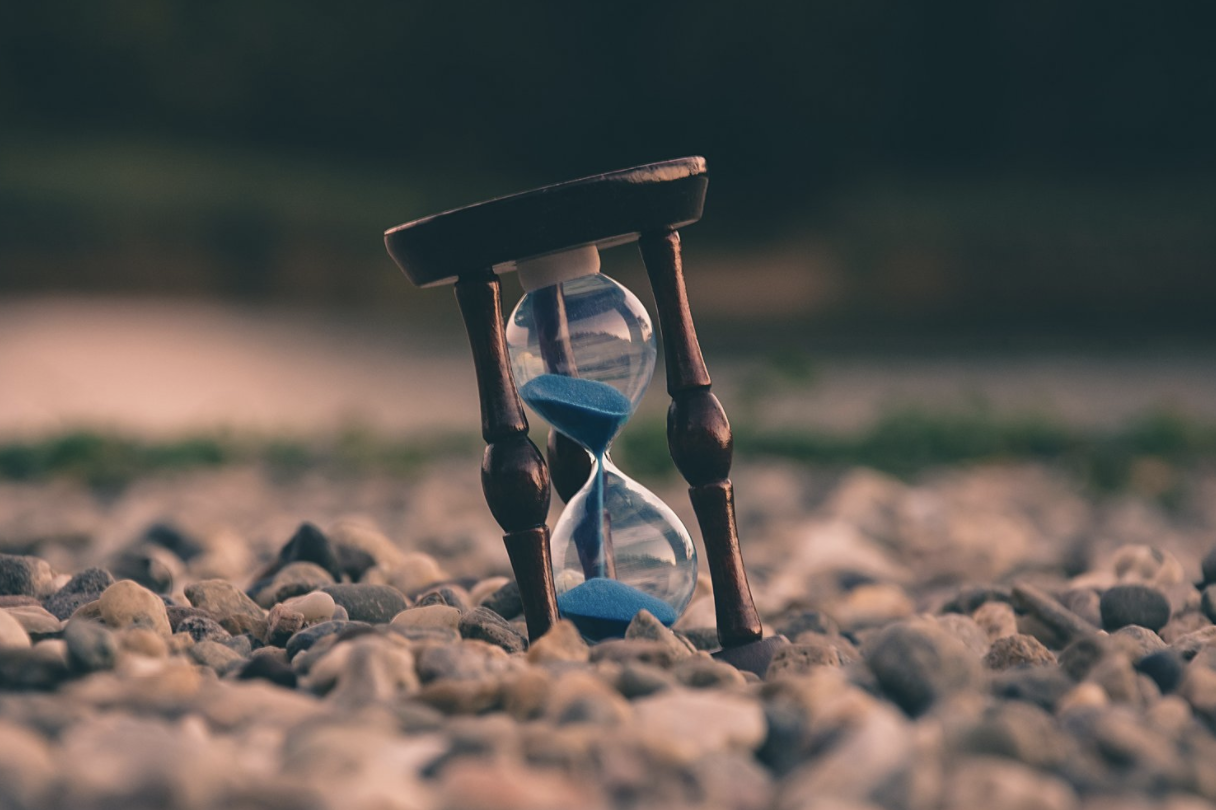“The body knows. When your heart sinks. When you feel sick to your gut. When something blossoms in your chest. When your brain gloriously pops.
That’s your body telling you the One True Thing.
Listen to it.” – Cheryl Strayed
Can listening to your body help save your life? Or help you make wiser choices or help expand your mind? Can it bring more balance and well-being while pointing to the one true thing?
“Listen to your body.”
We have all heard it. But what does it really mean??
As we might intuit there are 2 ways we can listen to our body. One is with a mind that is restless or dull-- comparing and labeling. The other is with a mind that is clear and present--receptive and non judging.
The body is eavesdropping on everything we are thinking. Have you ever noticed how many thoughts pivot around judgement? Especially self judgment? The body believes many of these thoughts are the one true thing. And then we listen to the body... that is listening... to the mind...which is filled with a cacophony of thoughts that are often judging and negative.
This discord gets loopy, confusing and adds stress. One proven method to restore your mind and body back to a healthy baseline is with a “body scan meditation”.
A body scan meditation involves paying attention to parts of the body in a gradual sequence.
By mentally scanning different parts of the body one will notice 3 feeling tones: pleasant, unpleasant or neutral. It is normal that during the practice you will experience all three. And it is normal that there is a tendency to resist what is neutral and unpleasant. Just like life, meditation has it ALL and the practice helps us befriend the other two experiences: neutral and unpleasant.
Neutral is often translated as being numb or not feeling anything. We spend a lot of time in our heads--so when asked to "feel" the elbow or knee one might instead "think" about the elbow or knee. Relating to the body in an abstract way is not the practice and has undesirable effects.
Unpleasant is often translated as restlessness which can be thought of as speed trapped in the body, muscles and organs. When one gets "still"...the restlessness and/or boredom comes to the surface with fingers tapping, legs wiggling, hands scratching and eyelids twitching. It can feel unpleasant.
The goal is not to relieve the unpleasant (restlessness or boredom), nor change the neutral into something else—but to pay attention with out judgement. It is here that you gain a greater understanding of the one true thing: how YOU are functioning. Over time-- this practice releases stress and builds tremendous concentration, inner connection and resiliency.
When I first learned this meditation I would either fall asleep or wrestle with my restlessness. My attention span was weak as well as my ability to be still and “listen”. I would either blip out, pass out, or give in to my stories.
Overtime I experienced the hard truth: Listening to body = feeling the body.
During the body scan I kinesthetically felt my body react with the arrival of each worrisome thought. My jaw, lower back, right hip and belly are just some of the places that notoriously tighten, brace and get tense when I don't agree or like something.
The realization struck me hard. If this is happening during meditation what is happening during the rest of the day when I am NOT paying attention. And how many minutes in a day am I NOT paying attention to my body??? YIKES!
I knew I needed to “Wake Up” and cultivate longer attention spans of being present both in meditation and in motion. I would have to observe my thoughts more and relax and then re-relax the held places so they could release their habituated gripping and the energy inside could flow as it was meant to.
What began as a “head driven experience" of feeling very little grew into a “body-driven experience” of feeling so much more AND the best news...it spilled into the rest of my day. I am more in tune with listening to my body when I am talking with others, listening to the news, or just sitting in traffic. Aware of my thoughts which flow down into my body I am able to observe which thoughts I would like to entertain and which ones are not worthy of body strangulation.
Another boon of the body scan meditation is I sleep better. This was not a quick fix. However with time and continued practice I can loop the body scan in place of looping the frustrated thoughts of NOT sleeping. This helps relax my body so I can get back to sleep faster.
The body is not quiet it is a chorus of fluctuating bodily tunes. Tingles, pulses, pings, hums, vibration, electrical signals, pressure, flow, temperature, flutters, murmurs, swooshes are just some of the many ways the aliveness of my body is expressing itself. It is a land of meaningful information that helps guide me throughout my day and helps lull me back to sleep at night.
Anyone familiar with the Dr. Seuss book: Horton Hears a Who?
For those that need a refresher: Horton is an elephant that finds a speck of dust floating in the jungle. Horton discovers a tiny city (on the dust) called “Who-ville” and it’s residents, the “Whos”. The befuddled Horton is the ONLY ONE that can “hear” the Whos.
While everyone else thinks Horton is nuts; he undergoes great difficulty and even harassment trying to care for the safety of these Who’s. Eventually through a united song of every Who shouting “We are here! We are here!” —the doubters finally realize there is indeed “life” or “consciousness” on that speck of dust. Dr. Seuss’s moral? “A person’s a person, no matter how small.”
The inquiry of this blog: “Consciousness is consciousness, no matter how small and with the practice of listening we can realize great things!"
Science tells us we are part of a vast, invisible field of energy which includes many possibilities. The more the busy mind settles the more we can expand our consciousness while simultaneously appreciating and caring for this miraculous source of life we have been given.
Utilizing a body scan meditation we can begin to quickly guide ourselves into a felt-sense of being. From this place the unheard becomes heard and we can then embody the metaphor of “Horton”—growing our capacity to respond and care for our own inner “Who-ville”.
Make no mistake: Every cell knows when you are unhappy, anxious or stressed as well as happy, relaxed and calm.
The language of our body is spoken through chemical reactions —not words. If you are listening, the messages come through loud and clear. Don't wait for the crisis to strike. With kindness for your self take the actions you are capable of today.
According to the ground breaking work of Dr. Stephen Porges: “Polyvagal Theory”, your body's nervous system is taking in a lot of information that cognitively you are unaware of. Your nervous system, walking with you from place to place, is noting other people's facial expressions, tones of voice, bodily movements. Your nervous system is noting seasonal changes, sounds and objects.
The brilliance of this nervous system is that if you are in sync and able to translate the messages from your inner “Who-ville”…you can discern whether it is a safe place to connect with others or a questionable place where you need to be more alert and possibly run, fight or freeze. This is where the body scan meditation pays off. It can help save your life or even help guide you from making poor choices.
Awakening, “enlightenment’, human upward evolution...(because there is downward too) is a process. It stems from cultivating kindness, receptivity and non judgement.
The body scan is a powerful meditation. It increases the ability to see more possibilities and expanded points of views—even the ones opposing your own. It is a practice of self care. It restores and refreshes a weary mind. It helps to slow down the aging process while bringing harmony to self and others.
Here are other ways that practicing a "body scan" is valued— Exercise or rest? Social engagement or solitude? Assessing a friend or foe? Adding more to your life or being content with what you have? However small or big we can practice listening from the midline to the periphery of the body.
The body lives in the NOW; it is our minds that live somewhere else. Opening the ears to the sounds pulsing outward and the vibrations pulsing inward, feeling the air on the skin, relaxing the jaw, receiving this next breath with a loosened belly are all practices that expand and open with time and practice.
What we place attention on gets bigger. The body holds the key towards increased wellness and zest for life. It is a means to inform you about the One True Thing-- your amazing self that is a source of wonder, awe and mystery. Why not make some space and listen in?
Side note—there is a always a respect to the body when it has undergone trauma. The process of “listening to the body” is always helpful with the aid of a guided professional.
Looking for a guided body scan?
Check out Blue Lotus weekly class Gentle Yoga and Meditation Thursdays 10:45am
Check out the Blue Lotus Complimentary On-Demand Sessions called “Chill-lax”
Check out the Insight Timer App
Check out YouTube
written by: Jennifer Reuter













































